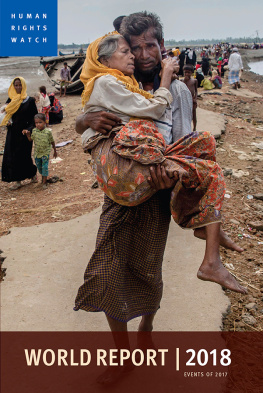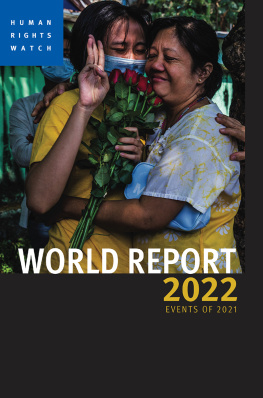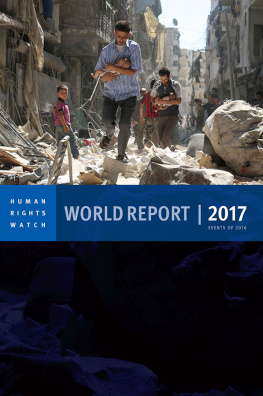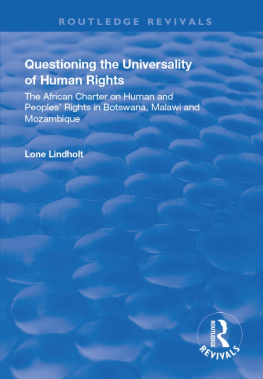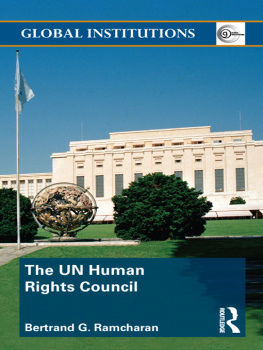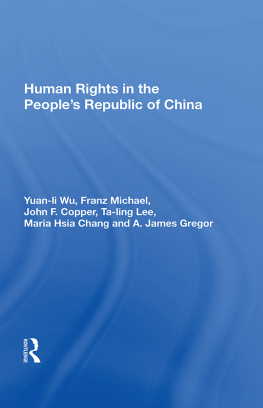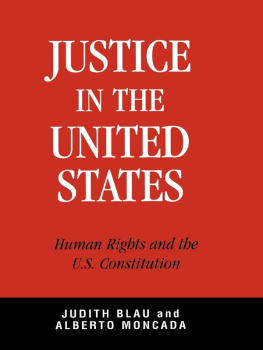March 9, 2006
On March 8, the U.S. Department of State, posing once again as "the world's judge of human rights," released its Country Reports on Human Rights Practices for 2005. As in previous years, the State Department pointed the finger at human rights situations in more than 190 countries and regions, including China, but kept silent on the serious violations of human rights in the United States. To help people realize the true features of this self-styled "guardian of human rights," it is necessary to probe into the human rights abuses in the United States in 2005.
I. On Life and Security of Person
For a long time, the life and personal security of people of the United States have not been under efficient protection. American society is characterized with rampant violent crimes. Across the country each year, 50,000 suicides and homicides are committed (Va.Violent Deaths Are Mostly Suicides, The Washington Post, October12, 2005).
The U.S. Justice Department reported on Sept. 25, 2005 that there were 5,182,670 violent crimes in the United States in 2004. There were 21.4 victims for every 1,000 people aged 12 and older, which amounts to about one violent crime victim for every 47 U.S. citizens (Crime Rate Remains at 2003 Level, Study Says, The Washington Post, September 26, 2005).
According to figures released by the U.S. Federal Bureau of Investigation (FBI), murder increased by 2.1 percent across the United States during the first six months of 2005, compared with the same period of 2004. A total of 4,080 murders were reported in cities with more than 10,000 people, while homicides were up 13 percent in cities with a population of 10,000 or less (Murder Rate in Small Cities Jumps 13%, USA Today, Dec. 20, 2005).
The Washington D.C., with a population of less than 600,000, had 194 slayings in 2005 (D. C. Area Slaying Climbed In 2005, The Washington Post, Jan. 2, 2006).
In Chicago, the number of various crimes exceeded 125,000 from January to September of 2005, including 352 murders, 11,564 robberies, 8,903 assaults and 534 arsons ( http://egov.cityofchicago.org ).
From January to mid-November of 2005, 334 persons were murdered in Philadelphia, exceeding the total number of murderees in the city in 2004 ( Philly: 334 Killings So Far This Year, Philadelphia Daily News, Nov. 14,2005).
During the first half of 2005, 198 murders were reported in Los Angeles, 11 percent more than the same period of 2004 (Los Angeles Times, July 2, 2005).
Seventy-two people were murdered in Compton, California, with a population of only 96,000 ( Compton Killings Highest in Years, Los Angeles Times, Jan. 2, 2006). Camden in New Jersey has become the most dangerous city in the United States, with its homicide rate more than ten times the national average and robbery rate, more than seven times the national average (Camden, N.J., Ranked Most Dangerous U.S. City, The Washington Post, Nov. 22, 2005).
The United States has the largest number of privately owned guns in the world. According to statistics released in June 2005 by the Brady Campaign, an organization aiming to prevent gun violence, there were approximately 192 million privately owned firearms in the United States (Firearm Facts, Issued by The Brady Campaign to Prevent Gun Violence, June 2005, in: http://www.bradycampaign.org/facts/factsheets/ ).
A survey conducted by the Washington Post and the American Broadcasting Company showed that about ten percent of the surveyed were once shot, and 14 percent threatened by guns.
According to figures released by the Bureau of Justice Statistics of the U.S. Justice Department in 2005, in the year 2004 the United States recorded 339,200 firearm-related crimes, including 11,300 murders, 162,900 robberies, and 165,000 assaults (Statistics Crimes Committed with Firearms, Issued by U.S. Bureau of Justice, in: http://www.ojb.usdoj.gov/bjs ).
The Washington Post reported on Dec. 25, 2005 that every year nearly 12,000 Americans use guns to kill people. In the reports of crimes received by American police in 2004, 70 percent of the murders, 41 percent of the robberies and 19 percent of assaults on persons were committed with firearms.
The unchecked spread of guns has caused incessant murders. In February 2005, mother and husband of U.S. District Judge Joan Humphrey Lefkow were shot to death at home in Chicago.
In March, a rape suspect killed one judge and two others at a courthouse in Fulton County in Atlanta and hijacked four cars to escape.
On March 12, a gunman opened fire at a church service being held at the Sheraton Hotel in Brookfield, Wisconsin, killing seven people and injuring four.
On March 21, 17-year-old Jeff Weise killed his grandparents and went on a shooting rampage at the Red Lake High School in Indian Reservation in northern Minnesota, killing another eight persons including school security guard, teacher and students and injuring 14 others (CNN, March 21, 2005).
On April 25, a 14-year-old girl shot her father to death in Colorado. On Christmas Day of 2005, a man shot and killed his mother at home in the suburb of Washington and then drove eight miles to another home and killed three other people, before turning the gun on himself (Washington, AP April 30, 2005).
II. On Infringements upon Human Rights by Law Enforcement and Judicial Organs
There exist serious infringements upon personal rights and freedoms by law enforcement and judicial organs in the United States.
Secret snooping is prevalent and illegal detention occurs from time to time. The recently disclosed Snoopgate scandal has aroused keen attention of the public in the United States. After the Sept. 11, 2001 terrorist attacks, the U.S. President has for dozens of times authorized the National Security Agency and other departments to wiretap some domestic phone calls. With this authorization, the National Security Agency may conduct surveillance over phone calls and e-mails of 500 U.S. citizens at a time. It is reported that from 2002 through 2004, there were at least 287 cases in which special agents of FBI were suspected of illegally conducting electronic surveillance. In one of the cases, a FBI agent conducted secret surveillance of an American citizen for five years without notifying the U.S. Department of Justice. On Dec. 21, 2005, the U.S. Senate voted to extend the Patriot Act, a move that aroused keen concern of public opinion. The law makes it easier for FBI agents to monitor phone calls and e-mails, to search homes and offices, and to obtain the business records of terrorism suspects. (Senate Votes to Extend Patriotic Act for 6 Months, The Washington Post, Dec. 22, 2005). According to a report of the U.S. National Broadcasting Company on Dec. 13, 2005, the U.S. Defense Department had been secretly collecting information about U.S. citizens opposing the Iraq war and secretly monitoring all meetings for peace and against the war. According to a report of the New York Times, in recent years, FBI had been collecting information on large numbers of non-governmental organizations that participated in anti-war demonstrations everywhere in the United States through its monitoring network and other channels. The volume of collected information is stunning. (The Fog of False Choices, The New York Times, Editorial, Dec. 20, 2005). Among it, there are 2,400 pages of information on Greenpeace, an environmental group. On Jan. 9, 2006, a spokeswoman for the U.S. Bureau of Customs and Border Protection announced that in the "anti-terrorism" fight the U.S. customs has the right to open and inspect incoming private letters, which again sparked protests. (The AP, Jan. 9, 2006.) On Jan. 17, 2006, the American Civil Liberties Union and the New York-based Center for Constitutional Rights separately filed suits in U.S. district court for eastern Michigan and a federal court against the U.S. President and heads of security agencies for spying on U.S. citizens.


